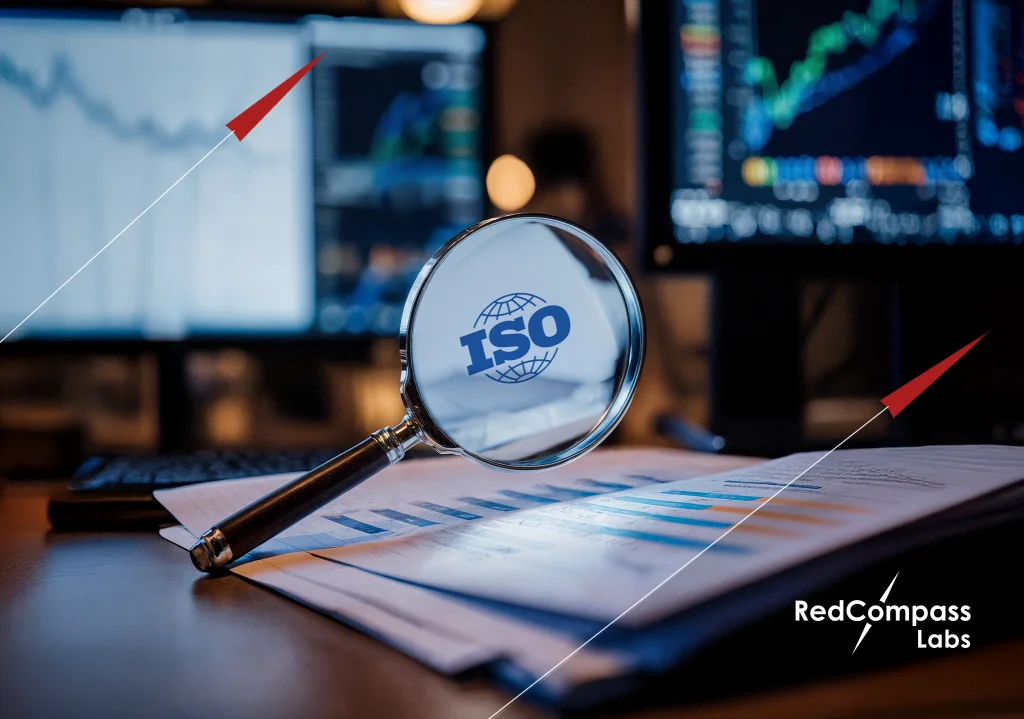Finally… here I am, back in Paris after exactly 331 days! What I didn’t realize was that not only was I travelling back to my home country, but I was also going back in time! Indeed, somehow, I’d arrived back in the 90s, when people used to say things like ‘you can only pay with cash or cheque’. Cheque? This was tricky for me as these were the two means of payments I had decided to drop in my mid-twenties. As a result, I was forced to ask my dad for some blank cheques, like I did when I was 15.
But the worst thing happened when I tried to take the metro. I casually arrived at the gate, my phone in my hand, ready to tap to pay. And then a moment of panic gripped me. I couldn’t tap because in Paris paper tickets still prevail for non-season ticket holders. And, of course, the queue to buy a ticket was huge as it was the first day of the month when Parisians have to top up their monthly passes. Just one afternoon in Paris and I was already missing the innovative payments hub that London possesses.
As a coincidence would have it, this also happened to be the week of EBAday where some sessions explored the concept of smart cities and how the Internet of Things (IoT) payments would constitute a significant share of the overall volumes of daily payments made by the retail sector. This didn’t surprise me at all as after ‘mum’ and ‘dad’ my children learnt to say ‘Alexa’, while my four-year-old can also use Alexa to add items to my Ocado basket. To be fair, all the ingredients are now here for IoT payments to prosper:
- A request-to-pay framework for the user to agree on the payment terms.
- Open Banking to automatically initiate the payment.
- Instant payments to settle this payment immediately, making it final and sending a confirmation to the payee that the payment has occurred.
- And soon the ISO 20022 data model will significantly create more interoperability and will allow any machine-to-machine payments regardless of the machine location.
I have not even mentioned yet the potential offered by blockchain and crypto wallets in this space. They could facilitate payment collections and supply chain management, with a machine paying on one end, and a machine processing the order right away on the other hand. You may think I am talking about a future that is very far away, but I am not. Visa announced that it is already partnering with over 50 crypto companies.
That got me thinking of the role of banks within this revolutionized ecosystem, particularly considering that most contacts between a bank and its customers happen through payments.* For me, the top three things for banks to consider are the following:
- Embrace the revolution and offer payments ubiquity to your customers by partnering and supporting these new payments It is by creating a seamless experience that banks will achieve customer stickiness with their retail and corporate customers.
- Embrace the revolution (sorry for insisting) and ‘rent’ your payment infrastructure through the concept of banking-as-a service, creating a new revenue stream and allowing a faster return on investment – maintaining a payment infrastructure is costly!
- A more controversial one (I am even debating myself on this one): embrace the revolution and be the hub of all the data by enabling a powerful payments ecosystem and start selling this data to corporates.
- Of course, these are not easy things to implement, and they require a lot of internal discussions for the bank to pivot. However, if you need some external support, please feel free to reach out. RedCompass Labs have created a future of payments workshop that analyses all of these trends and that also helps with your payments strategy. In the meantime, I’ll go and mentally prepare for the long queues ahead of me at the Paris Metro – wish me luck.
*During EBAday 2020, McKinsey mentioned that there are about 240 touchpoints between the customer and bank, and it all starts with payments.
Share this post
Written by

RedCompass Labs






